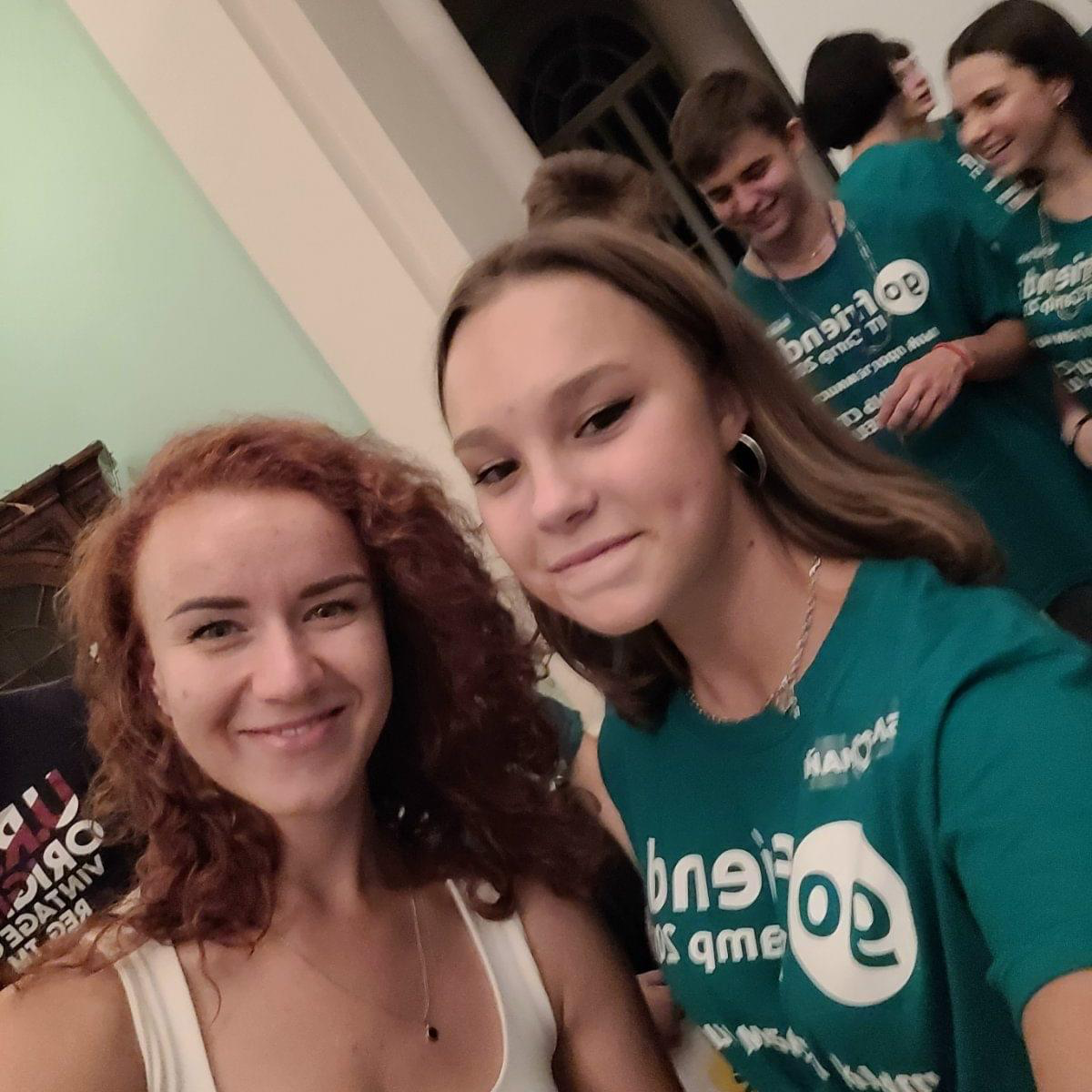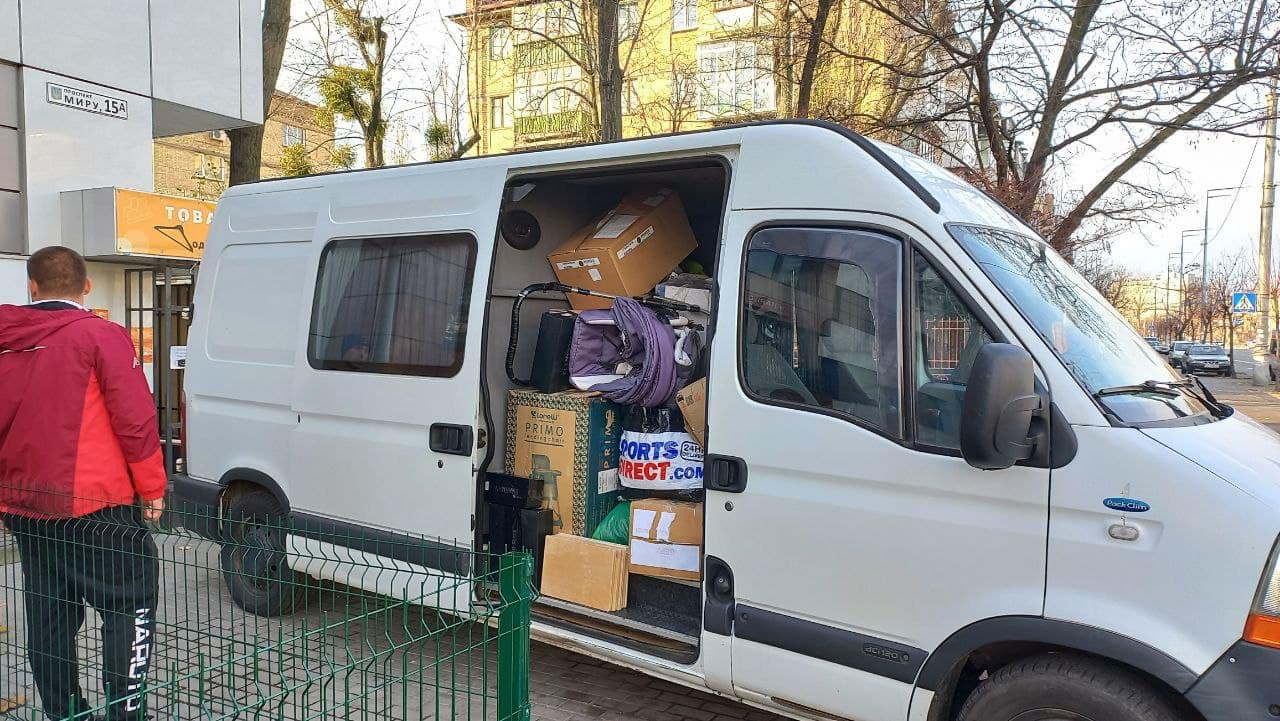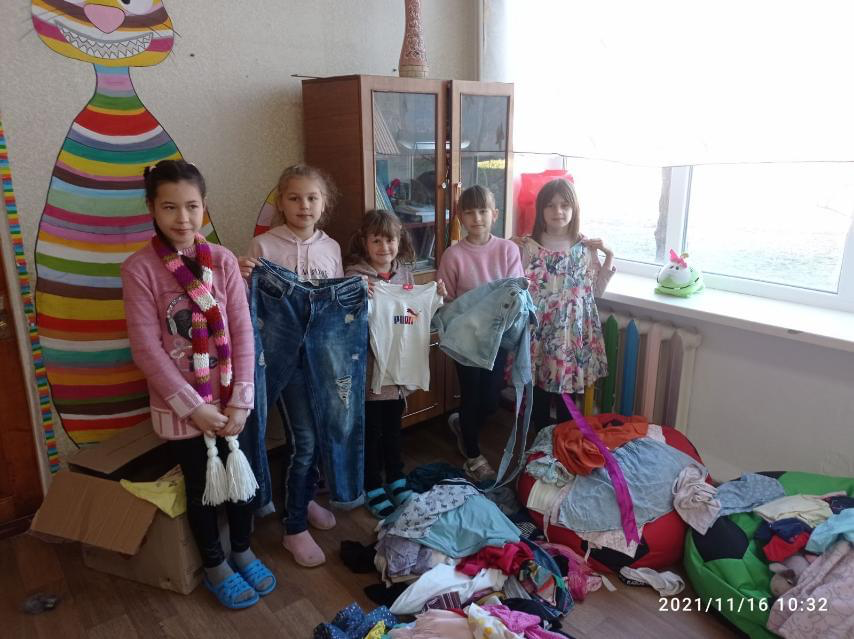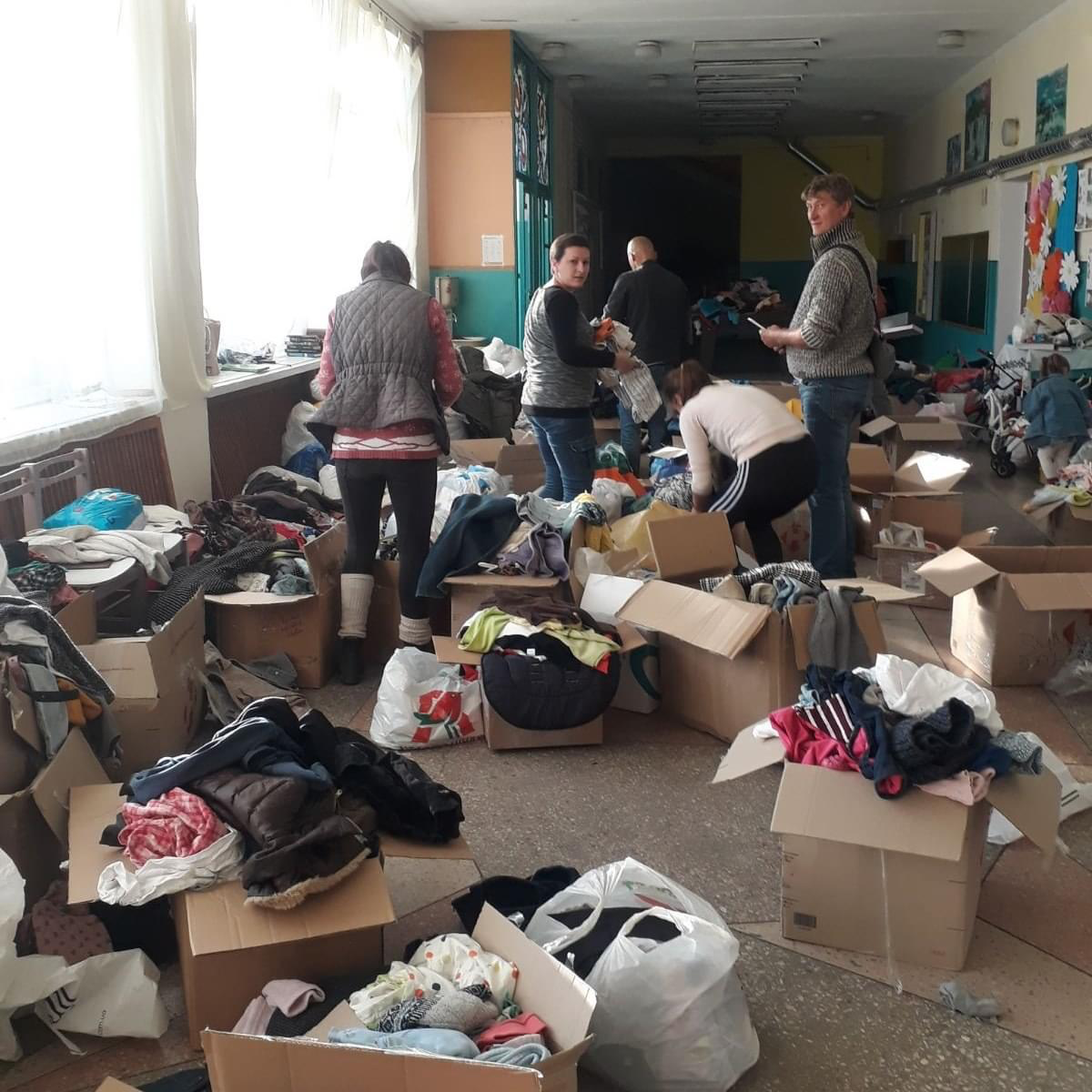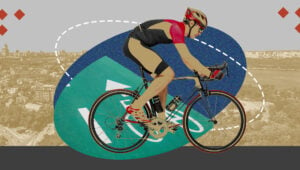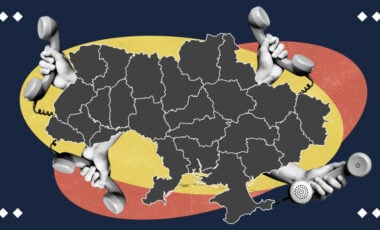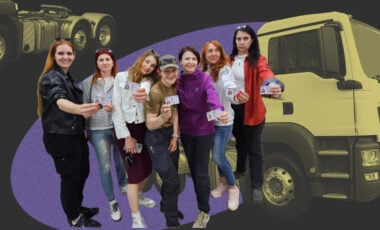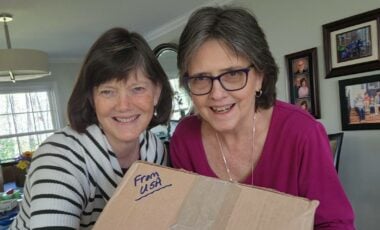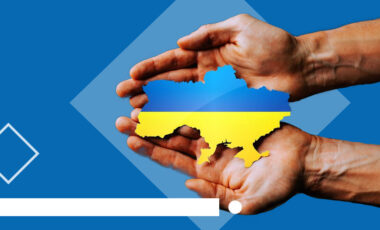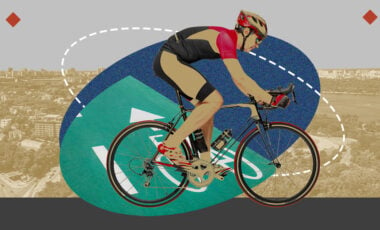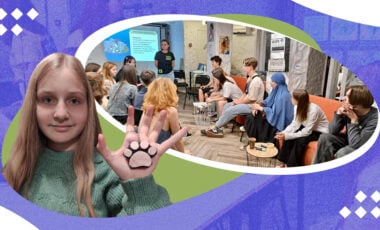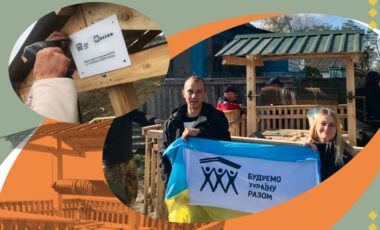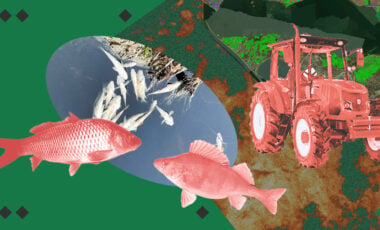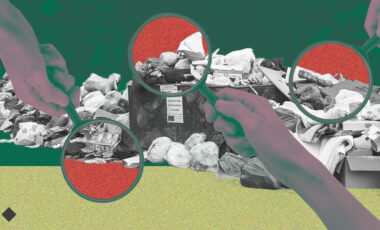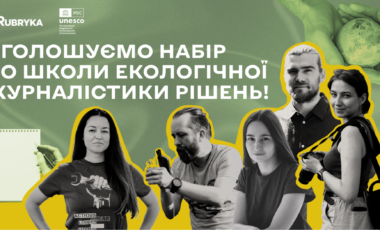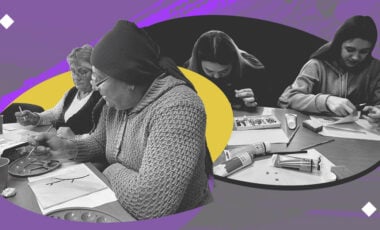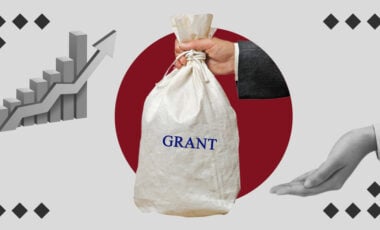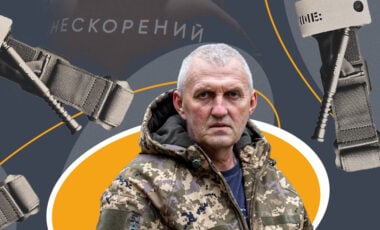Kengurush against fast fashion: how volunteers help share unneeded things
We explain who and how and why you can send unneeded things that take up valuable space in the closet

What is the problem?
Fast fashion is a concept that has emerged recently. Now every company is trying to find a way to sell their product in as many quantities as possible. This fashion is called "fast" because some clothing brands have chosen a "conveyor" policy: every month or even every week they create new collections of inexpensive things. For example, a new collection appears in the H&M store every 2-3 weeks, and trends are now delayed not for a year, not for a season, but less than a month. The low cost of things and the policies of fashion giants are forcing us to buy more and more things, and therefore throw them away more; almost 30% of all the inorganic waste we throw away is textiles.
Such brand behavior and policies pose a major threat to the environment at all levels of clothing production, use, and delivery:
- According to research, from 1960 to 2015, textile waste in the world increased by 811%.
- At the same time, the materials from which things are made have become more dangerous. For example, when you wash things from polyester, microplastic is released, which then gets into ponds and kills aquatic fauna. In addition, microplastic has even managed to find itself inside us humans.
- And yet, producing unnecessary things that will go to landfills in a few months, we're wasting a huge amount of resources. 7,000 liters of water are used to make a regular cotton T-shirt, and the process of turning cotton yarn into fabric releases 394 million tons of CO2 per year and accounts for 10% of all carbon emissions.
At the same time, there is another problem. While one part of the population uses the planet's resources so foolishly and buys unnecessary things, the other part desperately needs them. Fortunately, there are organizations in Ukraine that have paid attention to this and resolved the question "Where to put them?" and "What to wear?" once and for all.
What is the solution?
Yevhenia Ozkan has two children, and a few years ago she faced a problem: it turned out that five- and two-year-old sons have too many things, and it would be good to pass them on to someone. Why? Because children grow up fast, and their things, almost new, remain unneeded. At one point, there were so many things in Yevhenia's house that it was impossible to walk at home.
The first solution that came to the woman's mind was to hand over things for free via OLX, but it didn't work out. There were too many requests from those who wanted to measure, re-photograph, look from different angles at the product, which they can get for free, and the option with OLX had to be abandoned.
The next option was orphanages, but here, too, Zhenia failed, because only 23 of the 260 institutions from all over Ukraine, where she applied, she was told that they were ready to take things. Others either refused to take used clothes and said that only new ones were suitable: with labels and checks, or asked for help with money.
She still managed to transfer things to 23 orphanages. So the task of getting rid of clothes seemed to be done. At that time, Zhenia's friends and relatives already knew about her initiative, and things started pouring down on the woman. Later, even strangers started calling. There wasn't enough space at home again; at first, her friend's garage acted as a warehouse, and when the place ran out, Zhenia decided to rent premises and make a small social project on her initiative. Thus began the Kengush, which solved the problem of those who have nowhere to go and things that are lacking.
The project scaled up very quickly, and Yevhenia started calling not only those who wanted to give things away but also those who wanted to get them. These were mostly families from villages where things were lacking. So the woman started sending things point by point to some people who needed clothes.
Other things followed the clothes. For example, someone was left with extra paint for the walls after repairs, someone disassembled things on the balcony and found a strategic supply of glasses, and someone moved to another country and didn't want to bring bedding and utensils; all this will be needed by someone else. So all these things are also sent to the Kengurush. Sometimes people even send food kits, which, after checking the shelf life and their suitability, are then sent to those who need them.
During the two years of its existence, the project has been so large that now every week Kengurush sends 1.5-2 tons of clothes, household goods, food, and medicine to families from all over Ukraine. Things that were useless, taking up space at home and hindering, can save someone's life, keep them warm, help save money to spend on food.
How does it work?
There is a queue for all the things in the Kengurush, and to make the distribution fair, things are sent to the same village no more than once a month and a half. All things are loaded into a truck with a capacity of up to 5 tons, while the villagers are preparing the premises and calling people to disassemble what was brought. This operation has already been done about 40 times, delivering things to 60 different cities and villages.
However, no project can exist without funding, and Yevhenia decided to sell some of the things she receives. There is a shop in Kyiv at 15A Myru Avenue, where the best things are on sale. They are left on the principle of branding. For example, if Dolce & Gabbana and LC Waikiki are brought, the former will remain for sale and the latter will be sent free of charge to new owners. Another landmark is fashion. For example, no one will buy pants with a low fit; these, of course, will not get to the store. Kengurush claims that a person who doesn't pay attention to the brand can come to the store and fully dress a child for 200 hryvnias. For example, children's pants of a cool brand will cost 60-100 hryvnias, regular ones will do 35-50. There are also things for adults in the store.
How do I hand over things I don't need anymore?
Anyone can send their belongings to Kengurush in several ways:
- Nova Poshta in 251 branches in Kyiv (0674581003, Ozkan Yevhenia).
- Ukrposhta: Kengurush NGO, 02105, Kyiv.
- Deliver by taxi or bring in person: 15A Myru Avenue in Kyiv from Tuesday to Sunday from 10:00 to 20:00.
Kengurush accepts children's and adult clothes and shoes, child care products, toys, books, utensils, small appliances, strollers, kits for various sports. Among the products: cereals, cookies, sugar, tea, coffee, and more. Medicines with a suitable shelf life, stationery, building materials, pillows, and blankets can also be sent to a public organization.
There are several conditions: the sender pays for delivery, and things must be clean.
Even more useful solutions!
What other options are there?
✅ Caritas Foundation
- What can you give? Any clothes, shoes, utensils, and toys.
- Who will get the things? Large families, orphans, IDPs, people with disabilities.
- Where to bring things? There are more than 30 branches of the organization in the regions of Ukraine
Caritas containers are located at OKKO gas stations
But before you submit things, fill out the form on the website.
✅ REyuZ Platform
- What can you give? Anything, if it's something in good condition. REyuZ is a Facebook page where you can place your ad if you're willing to give it away for free.
- Who will get the things? Anyone who responds to your ad can get it.
- Where to bring things? You don't need to carry things anywhere. You agree to send things or deliver them to the new owner directly.
✅ Interactive map of charities helpmap.io
It shows the addresses and names of the nearest institutions that need different things: from toys to shoes and clothes.


